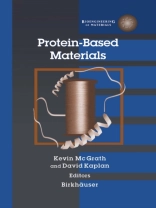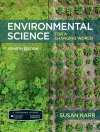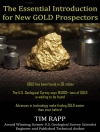Nature learned long ago how useful proteins are as a diverse set of building blocks to make materials with very diverse properties. Spider webs, egg whites, hair follicles, and skeletal muscles are all largely protein. This book provides a glimpse into both nature’s strategies for the design and produc- tion of protein-based materials, and how scientists have been able to go beyond the constraints of natural materials to produce synthetic analogs with potentially wider ranges of properties. The work presented is very much the beginning of the story. Only recently has there been much progress in obtaining a molecular understanding of some of nature’s com- plex materials, and the mimicry or replacement of these by synthetic or genetically engineered variants is a field still in its infancy. Yet this book will serve as a useful introduction for those wishing to get started in what is sure to be an active and productive field throughout the 21st century. The authors represent a wide range of interests and expertise, and the topics chosen are comprehensive. Charles R. Cantor Center for Advanced Biotechnology Boston University Series Preface The properties of materials depend on the nature of the macromolecules, small molecules and inorganic components and the interfaces and interac- tions between them. Polymer chemistry and physics, and inorganic phase structure and density are major factors that influence the performance of materials.
David Kaplan & Kevin McGrath
Protein-Based Materials [PDF ebook]
Protein-Based Materials [PDF ebook]
Dieses Ebook kaufen – und ein weitere GRATIS erhalten!
Sprache Englisch ● Format PDF ● ISBN 9781461240945 ● Verlag Birkhauser Boston ● Erscheinungsjahr 2012 ● herunterladbar 3 mal ● Währung EUR ● ID 4764063 ● Kopierschutz Adobe DRM
erfordert DRM-fähige Lesetechnologie












